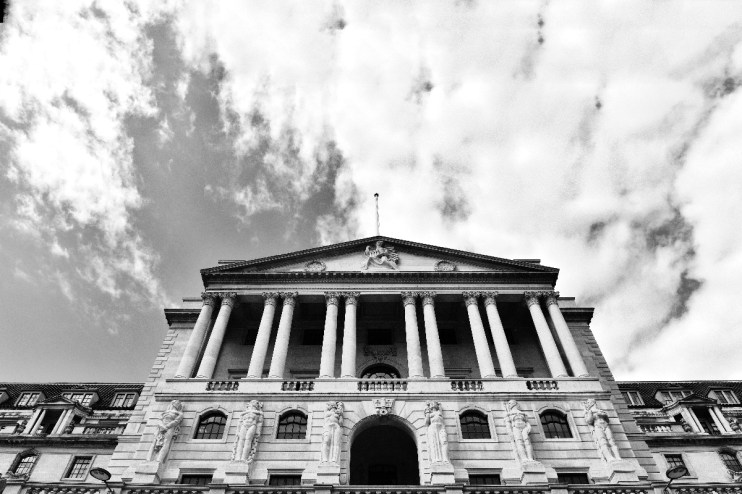Inflation stays at 2.2 per cent ahead of Bank of England’s interest rate decision

Inflation remained unchanged in August, with some lingering signs of persistent price pressures, as the Bank of England considers its next move on interest rates.
New figures from the Office for National Statistics (ONS) showed that inflation came in at 2.2 per cent in August, unchanged from July and in line with economists’ expectations.
However, core inflation, which strips out more volatile components like food and energy, rose back up to 3.6 per cent. This was in line with consensus but up from 3.3 per cent in July.
ONS Chief Economist Grant Fitzner said that inflation held steady in August as “various price fluctuations offset each other”.
“The main movements came from air fares, in particular to European destinations, which showed a large monthly rise, following a fall this time last year. This was offset by lower prices at the pump as well as falling costs at restaurants and hotels,” he continued.
Transport prices rose 1.3 per cent month-on-month, the figures showed, while prices at restaurants and hotels fell 0.7 per cent, largely due to prices for alcoholic drinks rising at a slower rate than last year.
Services inflation, which is seen as a good gauge of inflationary dynamics in the domestic economy, climbed to 5.6 per cent, up from 5.2 per cent the month before.
Although the increase in services inflation was predicted by most economists, it was still the first increase since January and reveals some stubborn price pressures.
“The rise in services inflation…suggests the Bank of England will almost certainly press the pause button on interest rate cuts on Thursday,” Ruth Gregory, deputy chief UK economist at Capital Economics said.

Suren Thiru, economics director at ICAEW, said inflation was in “a difficult phase”, with price growth in the services sector likely to keep the headline rate above target for some time to come.
The data comes a day before the Bank of England’s latest decision on interest rates with markets betting that the benchmark Bank Rate will be left at 5.0 per cent.
The Bank cut rates for the first time since the pandemic last month, but policymakers are likely to be cautious in the months ahead due to continued signs of persistent inflation.
Regular pay growth remains over five per cent while unemployment has fallen back to 4.2 per cent, suggesting the labour market remains tight.
The Bank’s latest forecasts suggest that inflation will rise to just under three per cent by the end of the year as the downward drag of lower energy prices fades.
Speaking at the Jackson Hole summit of central bankers late last month, governor Andrew Bailey struck a cautious note on the outlook for inflation.
“The second round inflation effects appear to be smaller than we expected,” he said. “But it is too early to declare victory.”
While the odds of a rate cut have crept up in the last few days, markets still think the Bank is more likely to hold rates tomorrow. However, traders expect at least one further rate cut this year, likely in November.
Darren Jones, chief secretary to the Treasury, said lower levels of inflation were “welcome” but pointed out “prices are still much higher than four years ago”.